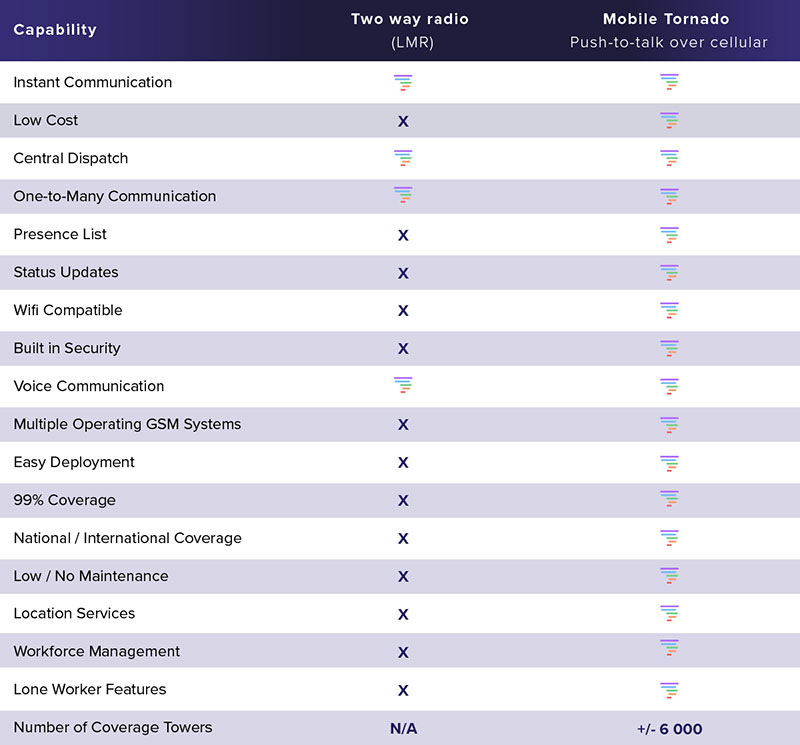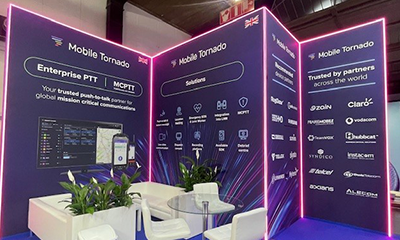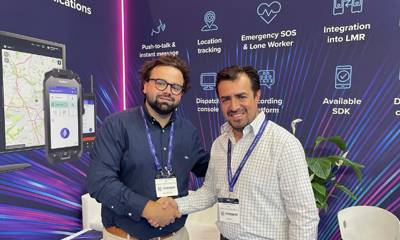The continued expansion of mobile coverage has seen around 95% of the world’s population having access to a mobile broadband network, according to the International Telecommunication Union. 4G network coverage doubled to 88% of the population between 2015 and 2022. For most developing countries, mobile broadband using 3G and above is the primary method of connecting to the Internet.
So, what does this mean for critical communications? With the UN calling for nations to build resilient infrastructure and foster sustainable industrialisation and innovation, the progress towards sustainable development is certain to bring in a new era for critical communications.
Two Way Radio vs PTToC
The evolution of mobile network availability means that legacy radios are now facing their own ‘Kodak moment’ as expanded feature sets, user experience and lower cost of ownership force the transition from analogue to digital technologies like Mobile Tornado.
This expansion of mobile networks means that users in countries – developed and developing – no longer need to pay for the expensive base stations, private servers and devices associated with legacy radios to manage their remote workers in industries like security, transportation, energy and retail.
Alongside the cost savings from not needing to pay for the expensive infrastructure of legacy radios, push to talk over cellular has also far surpassed analogue communications in terms of advancements. The suite of tools that are available in the Mobile Tornado PTToC platform makes for superior critical communications with features such as lone worker monitoring, location tracking, SOS emergency alerts, built-in security and 99% coverage.
You can see a more extensive comparison here:

The challenges of transitioning to PTToC
Fully transitioning to mobile networks does come with its own challenges. Many countries are seeing benefits to their digital ecosystem by switching off older-generation networks such as 2G and 3G to free up space on the spectrum for 5G coverage.
However, lower-income regions still heavily rely on 2G and 3G networks due to their significant presence. The barriers they face in the deployment of 5G include high infrastructure costs, device affordability, and regulatory and adoption barriers.
Despite difficulties in closing the coverage gap for the five per cent of the global population who remain off the grid, most people can access mobile networks, whether 2G, 3G, 4G or 5G, wherever they are in the world.
The infrastructure is in place, which creates opportunities for industrialisation and innovation. In the critical communications market, the growth in mobile network coverage has exposed the limitations of legacy radios and opened up new opportunities for push-to-talk over cellular (PTToC) technology to support sustainable development.
In response to the challenges many regions face in the transition to mobile networks, Mobile Tornado is launching a new service for price-sensitive users who demand communications for mission-critical requirements. PTT Lite gives government agencies and private enterprises access to Mobile Tornado’s marketing leading push to talk over cellular (PTToC) services with a set of stripped-down, essential features.
If you’re looking for a cost-sensitive upgrade to your business’s critical communications with a suite of industry-leading tools, contact our team today or visit our PTToC page for more information on what tools are available.




